Isfahan, a city steeped in history, culture, and breathtaking architecture, stands as one of Iran’s most captivating destinations. Often dubbed the “Half of the World” due to its rich heritage and numerous historical sites, Isfahan serves as a bridge between Persia’s glorious past and its vibrant contemporary culture. For Turkish travelers looking to expand their horizons, Isfahan offers a unique blend of experiences that juxtapose the familiarity of some cultural elements with the delight of exploration in a different setting.
Historical Context
Isfahan was once the capital of Persia during the Safavid Dynasty (1501-1722) and has since maintained its role as one of the most significant cities in Iran. The city is known for its magnificent architecture, stunning mosques, and picturesque bridges. Its rich history is prominently displayed in the well-preserved Islamic architecture, which echoes the influence of Persian culture throughout the ages.
The city’s strategic importance on the Silk Road made it a bustling center of trade, art, and culture. Today, remnants of this past can be seen in the vibrant bazaars and the arts that thrive within the city.

Architectural Marvels
As you stroll through Isfahan, you will encounter majestic sites that invoke feelings of awe and tranquility. The most famous of these is the Naqsh-e Jahan Square (or Imam Square), a UNESCO World Heritage Site and one of the largest city squares in the world. Surrounded by stunning monuments, this square serves as the heart of Isfahan. Its central axis is flanked by the Shah Mosque, the Sheikh Lotfollah Mosque, the Ali Qapu Palace, and the Qeysarieh Portal.
- Sheikh Lotfollah Mosque: Renowned for its exquisite tile work and dome, this mosque offers a serene ambiance perfect for contemplation.
- Shah Mosque: A masterpiece of Islamic architecture, it displays intricate tile work, massive columns, and a vast courtyard that invites visitors to delve into its beauty.
The Ali Qapu Palace, with its grand entrance and enchanting music room on the upper levels, allows visitors to gaze at the square from above, resulting in unparalleled views of the surrounding architecture.
Mesmerizing Bridges
Isfahan is also famous for its stunning bridges that span the Zayandeh River. The most iconic of these is the Si-o-se-pol Bridge, also known as the Bridge of 33 Arches. This bridge is not only a functional structure but also a serene space where locals often gather to enjoy leisurely walks and socialize. Another notable bridge, Khadju Bridge, is famous for its intricate design and historical significance, providing excellent views of the river and the city.
Vibrant Markets and Local Delicacies
A visit to Isfahan wouldn’t be complete without experiencing the bustling bazaars that showcase artisan craftsmanship and traditional Iranian culture. The Grand Bazaar of Isfahan is a labyrinth of shops selling everything from Persian carpets and pottery to spices and jewelry. Here, you can immerse yourself in local life, engaging with shopkeepers and exploring the diverse wares.
Food is another integral part of exploring Isfahan. The local cuisine is a rewarding experience for your palate, with flavors that meld the aromatic spices of Persian culture with influences from neighboring countries, including Turkey. Some traditional dishes to try include:
- Biryani: A delicious rice dish often served with lamb or chicken. Isfahan’s biryani has unique local flavors you won’t find elsewhere.
- Kebabs: Available in various forms, these grilled meats are marinated in spices and served with saffron rice.
- Saffron ice cream: A refreshing treat that highlights Iran’s prized saffron.
Be sure to explore the tea houses that dot the city, where you can relax and enjoy Persian tea, often served alongside sweet pastries.
Cultural Insights and Etiquette
In Isfahan, you will find the local residents to be warm and hospitable. Engaging with locals can greatly enhance your travel experience. As a Turkish traveler, you’ll find cultural similarities, such as hospitality customs and certain linguistic connections, that can make you feel at home.

When visiting mosques and cultural sites, be mindful of local customs. Visitors are generally expected to dress modestly, covering shoulders and knees, and women may need to wear a hijab. Respect for these customs is a sign of appreciation for the local culture.
It’s also customary to greet people with a smile and “Salam” (Hello); practicing a few Persian phrases can go a long way and will certainly be appreciated by the locals.
Isfahan is undoubtedly a gem in the crown of Iran’s cultural heritage, offering a wealth of history, architecture, and culinary delights. With its enchanting beauty and warm-hearted locals, Isfahan invites Turkish tourists to embark on a journey that melds exploration, admiration, and connection with a rich cultural tapestry.
Whether you wander through the majestic squares, relax on the historic bridges, or savor the tantalizing flavors of local cuisine, Isfahan promises to engrave itself into your memories. This thriving city is not just a destination; it’s a journey through time and a celebration of humanity’s diverse cultural expressions. Prepare to be captivated by the magic of Isfahan—an experience that transcends borders, leaving lasting impressions long after your journey ends.

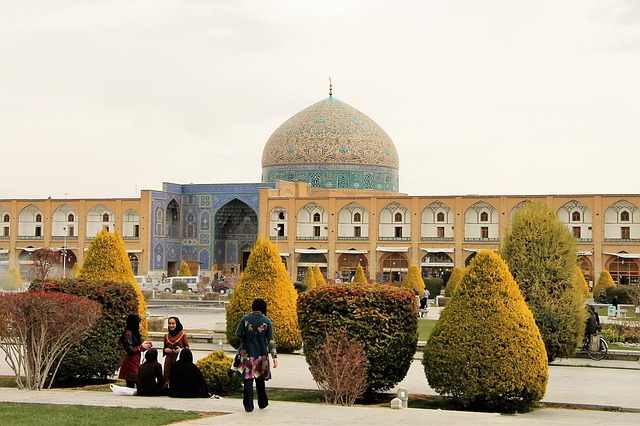
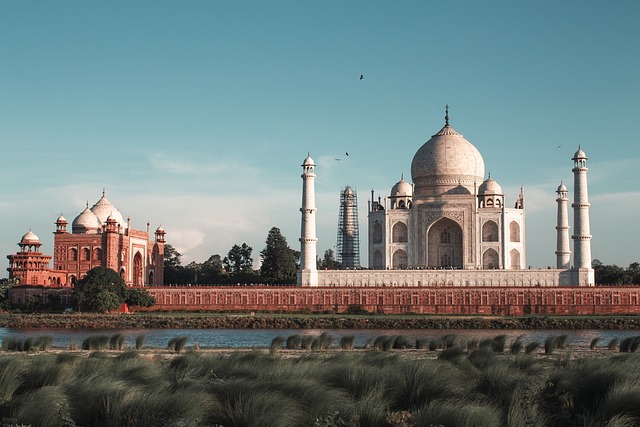
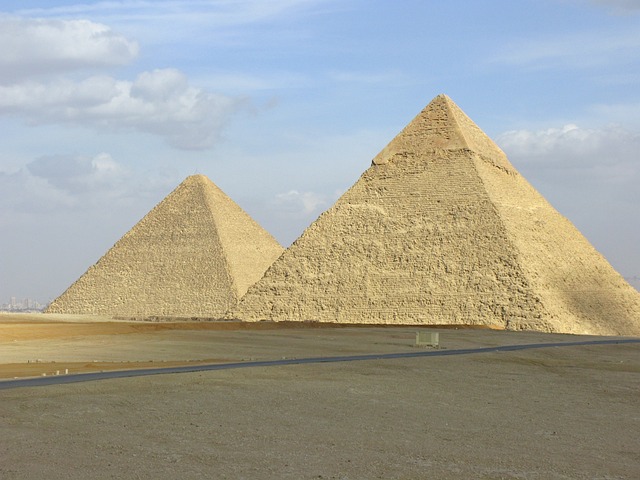
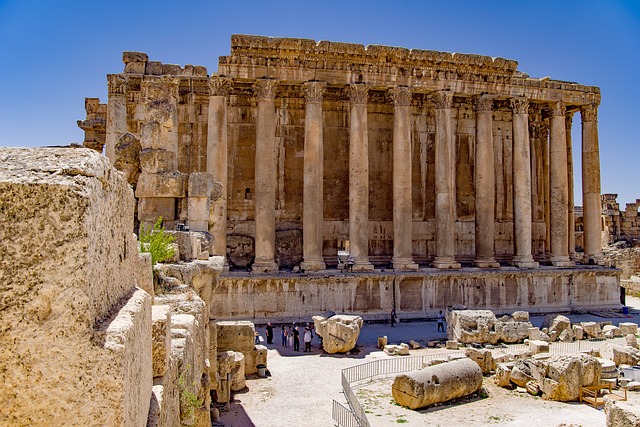
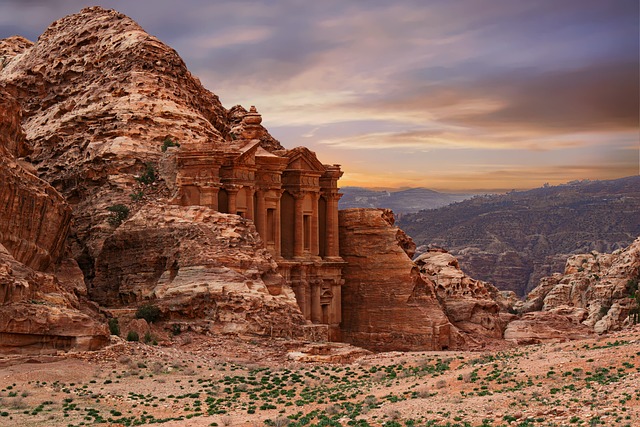
I am always invstigating online for ideas that can aid me. Thank you!
thanks you
hello sir